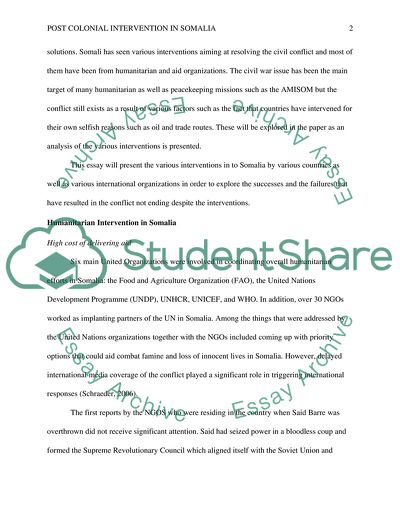Cite this document
(“Post Colonial Intervention in Somalia Essay Example | Topics and Well Written Essays - 3750 words”, n.d.)
Post Colonial Intervention in Somalia Essay Example | Topics and Well Written Essays - 3750 words. Retrieved from https://studentshare.org/history/1682987-post-colonial-intervention-in-somalia
Post Colonial Intervention in Somalia Essay Example | Topics and Well Written Essays - 3750 words. Retrieved from https://studentshare.org/history/1682987-post-colonial-intervention-in-somalia
(Post Colonial Intervention in Somalia Essay Example | Topics and Well Written Essays - 3750 Words)
Post Colonial Intervention in Somalia Essay Example | Topics and Well Written Essays - 3750 Words. https://studentshare.org/history/1682987-post-colonial-intervention-in-somalia.
Post Colonial Intervention in Somalia Essay Example | Topics and Well Written Essays - 3750 Words. https://studentshare.org/history/1682987-post-colonial-intervention-in-somalia.
“Post Colonial Intervention in Somalia Essay Example | Topics and Well Written Essays - 3750 Words”, n.d. https://studentshare.org/history/1682987-post-colonial-intervention-in-somalia.


